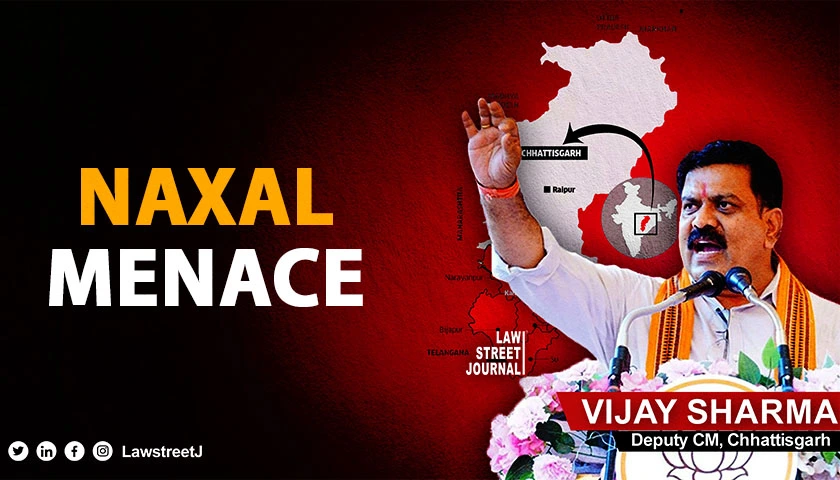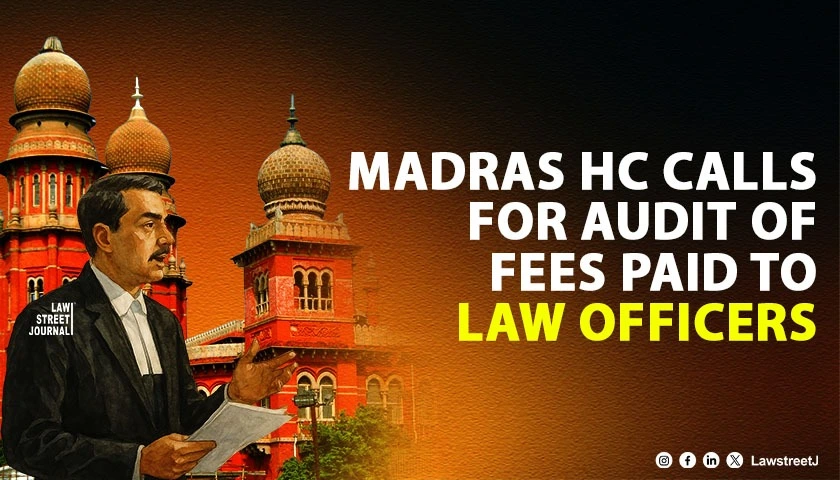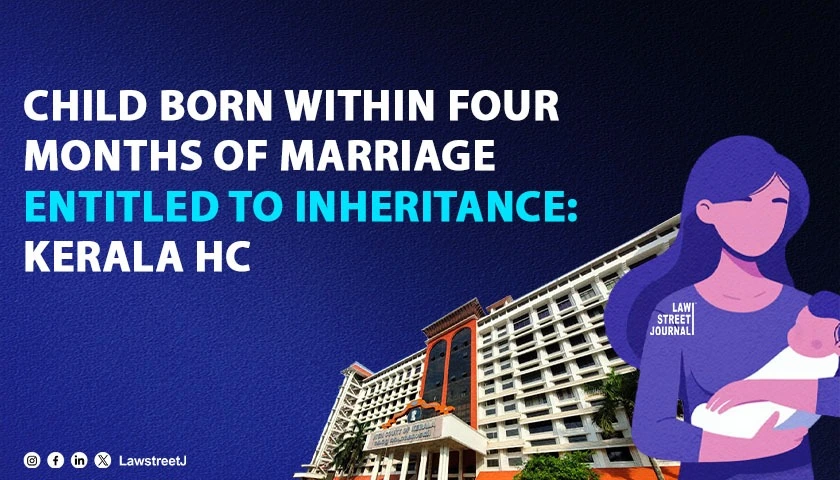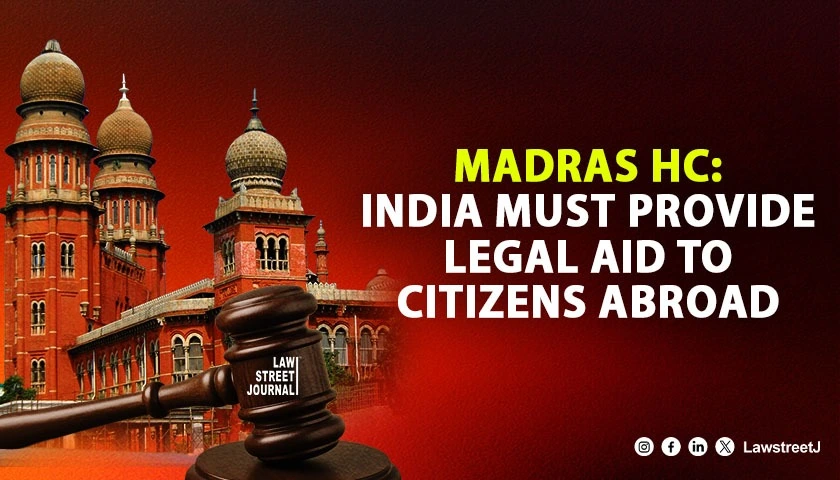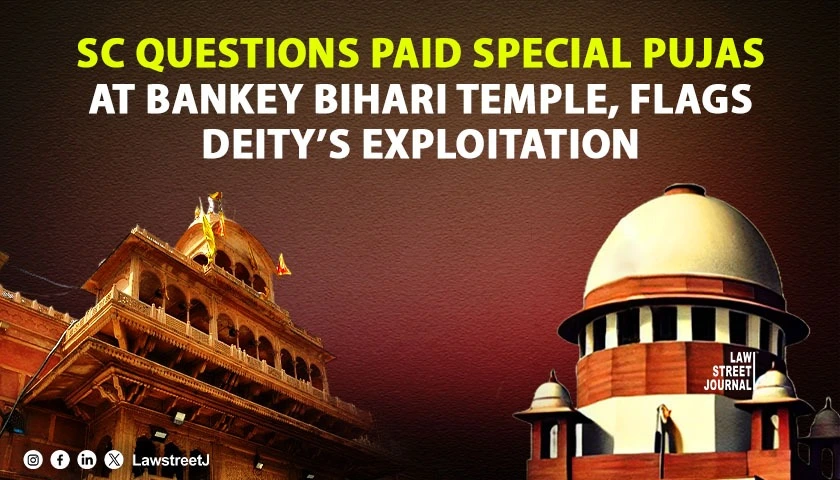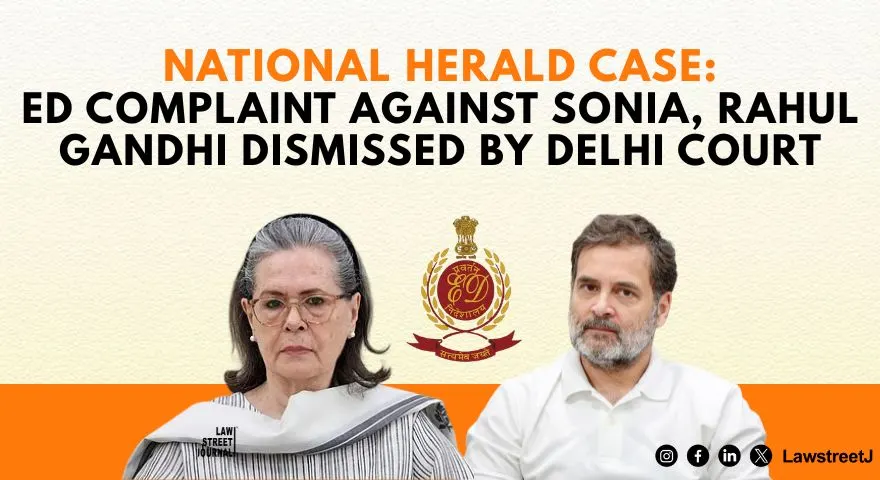Raipur (Chhattisgarh): The Bharatiya Janata Party (BJP) is looking to reclaim Chhattisgarh's Bastar constituency, which it lost in 2019 after 20 years of consecutive wins. The tribal heartland of Bastar, marked by Naxal extremism, is set to poll in the first phase on 19th of April.
But what is Chhattisgarh government's plan for solving the Maoist/Naxalite problem in the state? Will there be a surgical strike against the Naxals or solution will be found via diplomatic channels?
In an exclusive interview with Deputy Chief Minister and Home Minister Vijay Sharma, we get the answers to these questions.
The Minister stated that his government is open to all diplomatic channels to bring back sustainable peace in the tribal area. I am even ready to talk to them over video calling, Vijay Sharma said.
While reacting to the allegations of tribals being killed in police encounters, the Home Minister said, Weapons were recovered during the clashes how can one say that they were common people
Speaking on the surrender and rehabilitation policy, Mr Sharma further added that the doors are open for them. We can have a dialogue provided they give up the language of using guns and join the mainstream of development.
Also watch:
The Minister said that his government aims to address the basic needs of the poor and to fulfill its main responsibilities to deliver human development to these disadvantaged areas.
Naxalism: Indias biggest internal security threat
The term "Naxalite" or "Naxals" comes from the village named "Naxalbari" which is in West Bengal (Siliguri subdivision of Darjeeling district), which is where a violent uprising of labourers was organized by a section of the then Communist Party of India (Marxist) or CPI(M) under the leadership of mostly three people: Kanu Sanyal, Charu Mazumdar and Jangal Santhal. This uprising took place in the year 1967.

